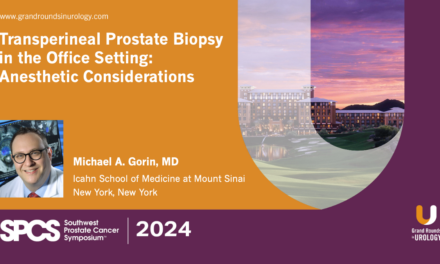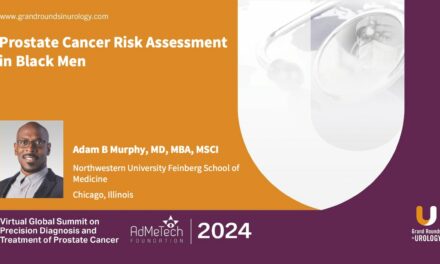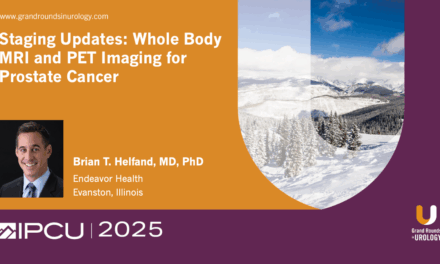Thomas M. Wheeler, MD, presented “Prostate Anatomy and Clinical Pathologic Considerations” during the 6th Global Summit on Precision Diagnosis and Treatment of Prostate Cancer on September 22, 2022.
How to cite: Wheeler, Thomas M. “Prostate Anatomy and Clinical Pathologic Considerations” September 22, 2022. Accessed Jul 2025. https://grandroundsinurology.com/prostate-anatomy-and-clinical-pathologic-considerations/
Prostate Anatomy and Clinical Pathologic Considerations – Summary
Thomas M. Wheeler, MD, Head of Surgical Pathology and Cytopathology at Sagis Diagnostic Pathology in Houston, Texas, provides an anatomic perspective of prostate cancer. Dr. Wheeler first outlines the development of a working model of prostate anatomy and clinical pathologic correlations, highlighting Dr. John McNeal, who established prostate zones. These zones, which include the transition zone, central zone, anterior fibromuscular stroma, and peripheral zone, are observed to have different incidences of disease. Dr. Wheeler then describes the variation of disease in and around the prostate zones and how nerves entering the prostate also impact the movement of cancer outside the prostate. He notes that smaller tumors will tend to respect the boundary between zones. Prostate cancer is rarely spherical, making it more challenging to determine tumor volume. Dr. Wheeler then explains the direction disease will move when it expands beyond the prostate. While smaller tumors are often multifocal and will benefit from focal therapy plus active surveillance, high-grade prostate cancers tend to be unifocal. Dr. Wheeler then delineates levels of cancer and how each expands through tissue. He concludes with patterns of seminal vesicle invasion.
The Global Summit on Precision Diagnosis and Treatment of Prostate Cancer is a unique multi-disciplinary forum organized to inform the key health care stakeholders about the emerging advances in clinical case and research and create a consensus-based vision for the future of precision care and educational and research strategy for its realization. The mission of the Summit is to fill the currently existing gap between the key experts of in vivo imaging, the world authorities in the in vitro fluid- and tissue-based molecular diagnostics, including genomics, and thought leaders in the development of novel observation strategies (e.g., active surveillance, or AS) and therapeutic interventions.
ABOUT THE AUTHOR
Thomas M. Wheeler, MD, is the Head of Surgical Pathology and Cytopathology at Sagis Diagnostic Pathology in Houston, Texas. Dr. Wheeler earned his medical degree from Baylor College of Medicine and completed his residency and fellowship at Baylor College of Medicine’s affiliate hospital. He is certified in anatomic and clinical pathology and cytopathology by the American Board of Pathology. In addition to surgical pathology and cytopathology, he specializes in urologic and thyroid diagnostics.
Dr. Wheeler has published over 350 works and is interested in clinicopathological correlations, including evaluating biomarkers in prostate carcinoma. Dr. Wheeler served as a member of the Board of Governors for the College of American Pathologists from 2003-2009. He also served as the President of the Texas Society of Pathologists, the Texas Society of Cytology, and the Houston Society of Clinical Pathologists. His previous positions include serving as Senior Vice Chair for the W.L. Moody, Jr. Faculty Practice Pathology Group, Distinguished Emeritus Professor and Immediate Past Chair of the Department of Pathology & Immunology at Baylor College of Medicine, and Member of the Dan L. Duncan Comprehensive Cancer Center at Baylor College of Medicine.




